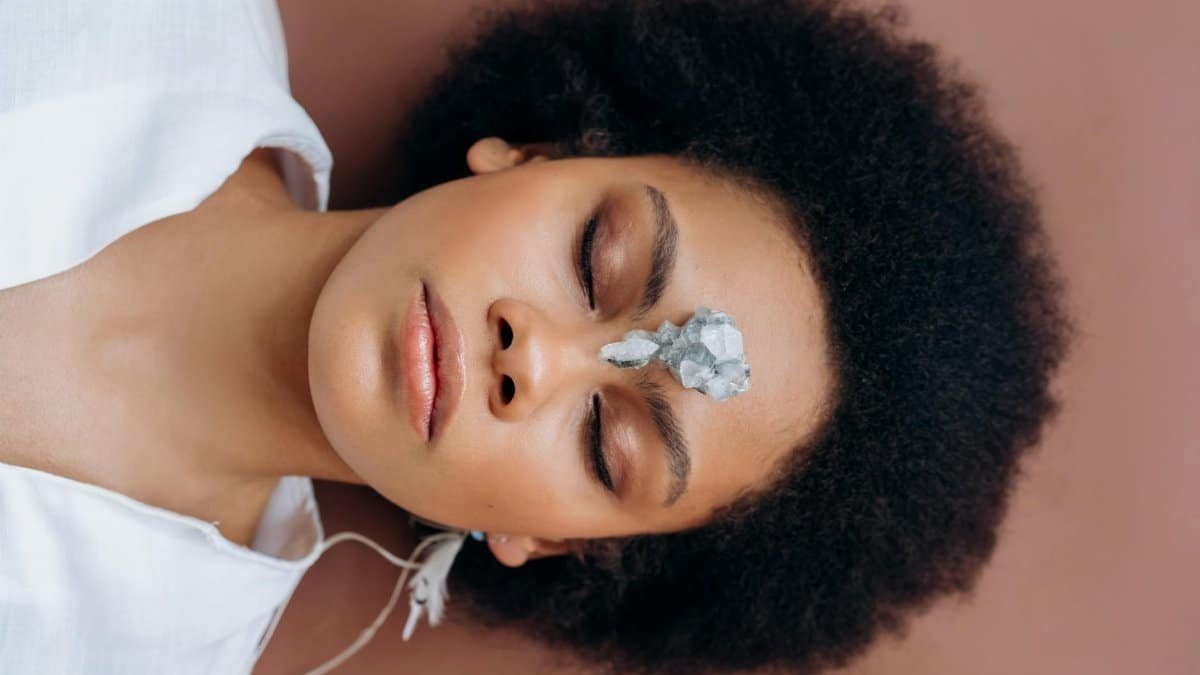In a surprising twist, a 2023 survey by the National Center for Complementary and Integrative Health revealed that over 1.2 million U.S. adults turned to reiki and energy healing for wellness, up 20% from prior years. This surge highlights a growing shift away from traditional medicine toward alternative practices amid rising stress levels. But what exactly happens to your mind and body during these sessions? Practitioners claim it channels life force energy to promote balance, but skeptics demand proof. As Americans seek holistic relief in 2025, let’s break down the real impacts.
What Is Reiki Exactly?

Reiki, originating from Japan in the early 20th century, involves a practitioner placing hands lightly on or near the body to transfer universal energy. It’s not massage or manipulation; it’s about directing “ki” or life force to clear blockages. Energy healing, a broader term, includes similar methods like therapeutic touch. Sessions last 45 to 90 minutes, often in quiet settings. Proponents say it activates the body’s natural healing processes without invasive tools. Critics argue it’s placebo, but many report feeling warmer or tingly during treatments.
How Does Energy Healing Affect the Body?
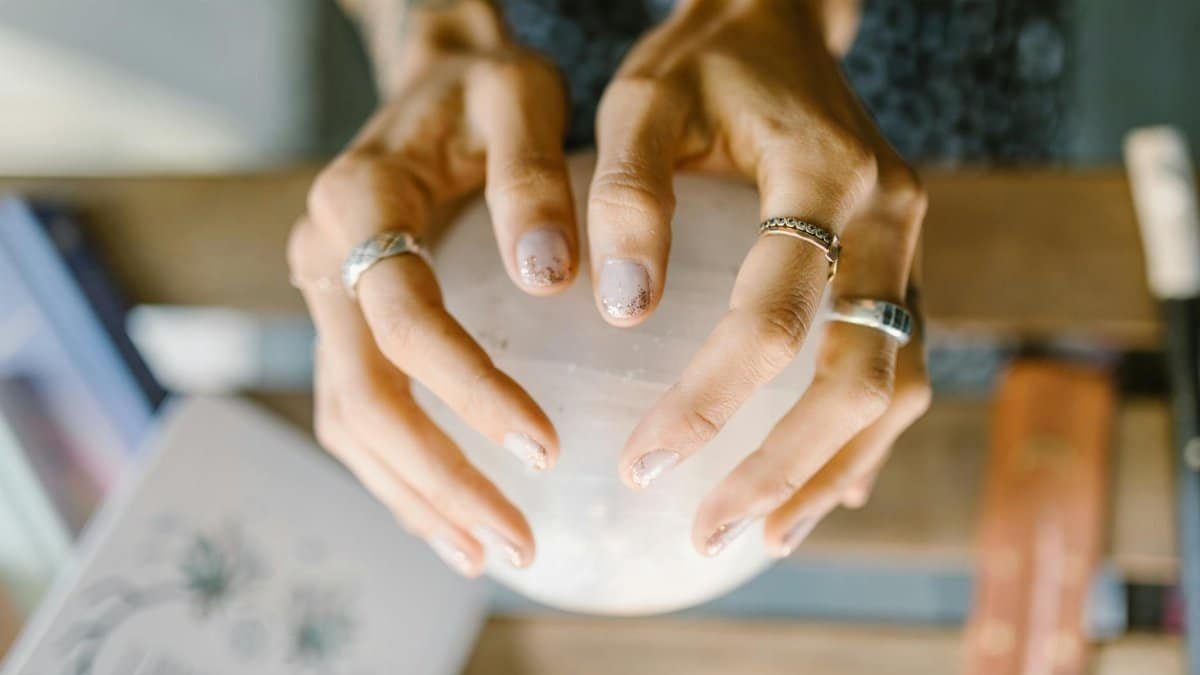
On a physical level, reiki and energy healing may reduce inflammation and boost circulation. Some users experience lowered blood pressure and eased muscle tension post-session. A study from the University of Minnesota found participants had decreased pain after energy healing interventions. The practice stimulates the parasympathetic nervous system, promoting relaxation over fight-or-flight responses. This can lead to better sleep and digestion. However, it’s not a cure-all; experts recommend combining it with medical care for conditions like chronic pain or arthritis.
The Mental Clarity Boost

Mentally, reiki fosters a sense of calm by quieting racing thoughts. Practitioners often guide clients through breathing exercises, enhancing mindfulness. Research from Johns Hopkins Medicine indicates alternative therapies like this can alleviate anxiety symptoms. Users describe a “fog lifting,” with improved focus and emotional resilience. In high-stress jobs, it’s gaining traction as a quick reset tool. One New York executive told reporters it helped her manage burnout without meds, echoing trends in urban wellness circles.
Stress Reduction and Emotional Release
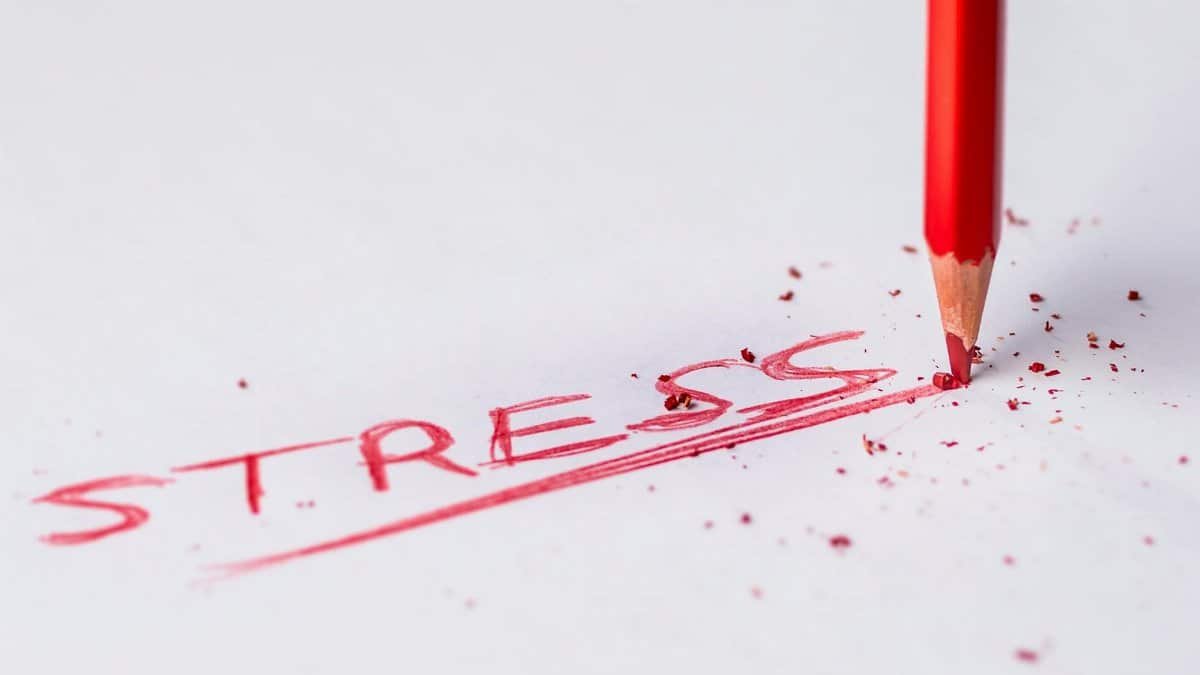
Energy healing targets emotional blockages, potentially releasing pent-up feelings. Sessions might trigger tears or laughter as energy shifts. A 2022 review in the Journal of Evidence-Based Integrative Medicine linked reiki to lower cortisol levels, the stress hormone. This biochemical change supports better mood regulation. For those dealing with trauma, it offers a non-verbal way to process emotions. U.S. therapists increasingly incorporate it into counseling, reporting faster progress in clients’ inner peace journeys.
Potential Immune System Benefits

Some evidence suggests reiki bolsters immunity by enhancing relaxation, which aids white blood cell function. A small study at the Cleveland Clinic observed improved lymphocyte activity in participants after energy healing. While not conclusive, it points to indirect health perks. During flu seasons, advocates use it preventively. Doctors caution it’s supplementary, not a vaccine substitute, but for holistic health fans, it’s a low-risk addition to routines.
Scientific Backing and Skepticism
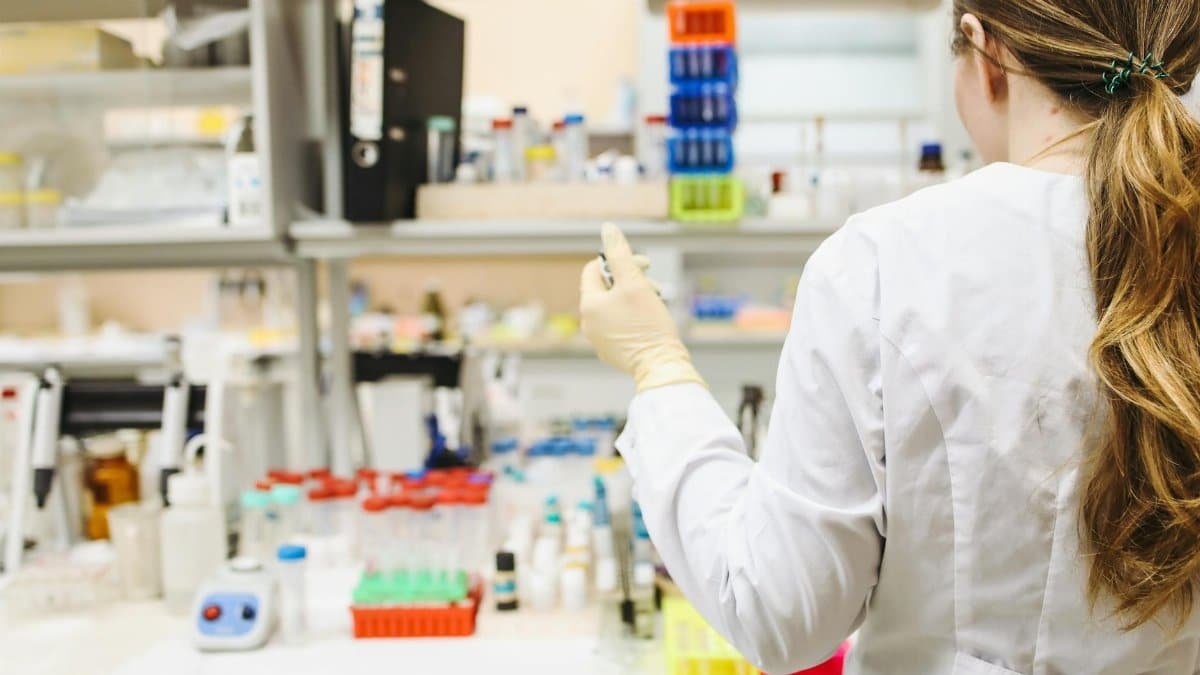
While anecdotal praise abounds, science is catching up. The National Center for Complementary and Integrative Health notes reiki’s safety but calls for more rigorous trials. A 2019 meta-analysis in Pain Management Nursing showed modest pain relief benefits. Skeptics, including the American Medical Association, label it pseudoscience. Yet, hospitals like Memorial Sloan Kettering offer it for cancer patients, blending it with conventional care.
Real-Life Transformations

Stories from users add color to the data. A California teacher, battling migraines, found relief after weekly reiki sessions, ditching painkillers. In Chicago, a veteran with PTSD reported fewer nightmares following energy healing. These accounts, shared in wellness forums, fuel its popularity. Experts say belief plays a role, amplifying effects through the mind-body connection. As 2025 sees more virtual sessions, accessibility is booming.
Getting Started Safely

Interested? Find certified practitioners through the International Association of Reiki Professionals. Start with a trial session to gauge fit. Costs range from $60 to $150 per hour. Inform your doctor, especially if you have health conditions. Beginners often feel subtle shifts at first, building over time. With no side effects reported in major studies, it’s a gentle entry to alternative wellness.
Limitations and When to Avoid It
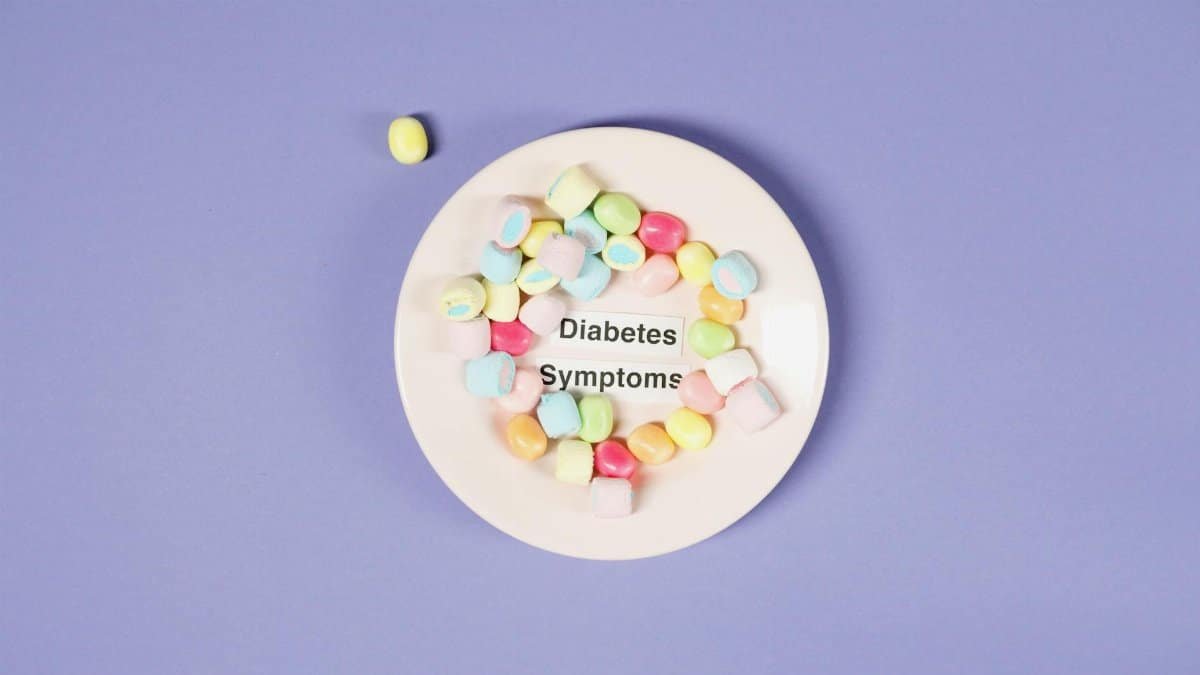
Not everyone benefits equally. Those with severe mental health issues should consult professionals first, as energy work can stir emotions. It’s no replacement for therapy or medication. Pregnant women and kids need tailored approaches. Critics point out unregulated practitioners, so vet credentials. In the U.S., it’s not FDA-approved, emphasizing informed choice.
Future Trends in Holistic Practices
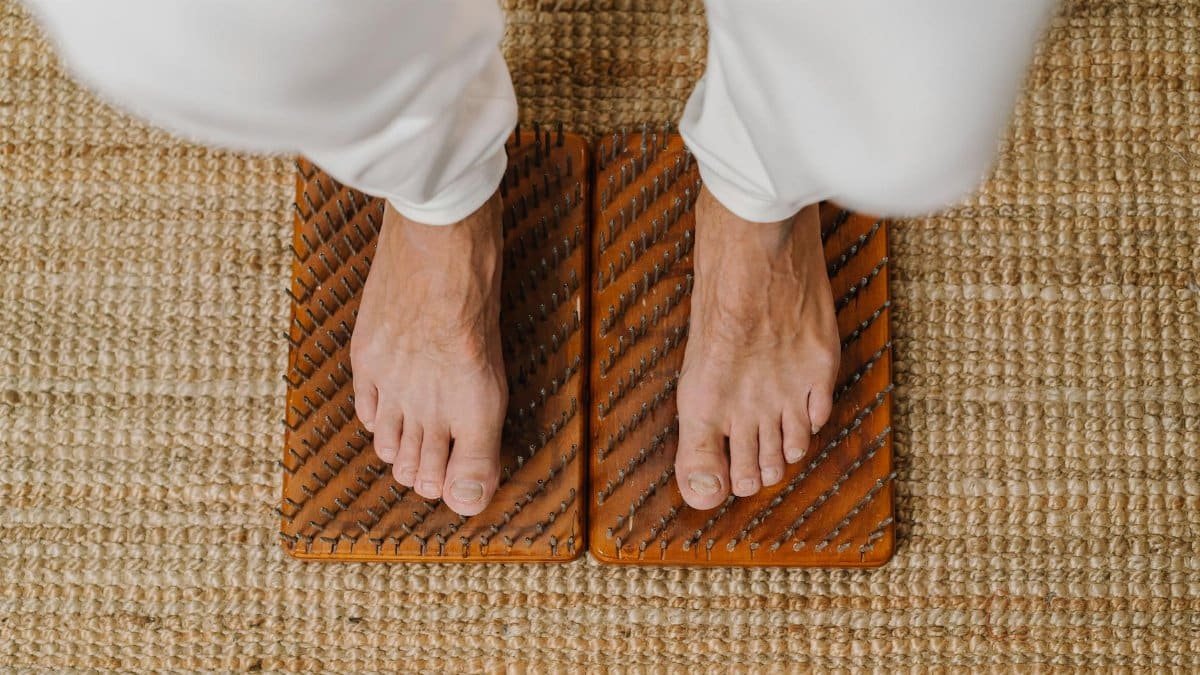
As wellness apps integrate virtual reiki, expect broader adoption. Corporate programs in tech hubs like Silicon Valley now include energy healing for employee retention. With mental health crises persisting, reiki and energy healing could bridge gaps in care. Researchers predict more studies by 2025, potentially validating its role in integrative medicine. For now, it’s a personal tool for mind-body harmony.
